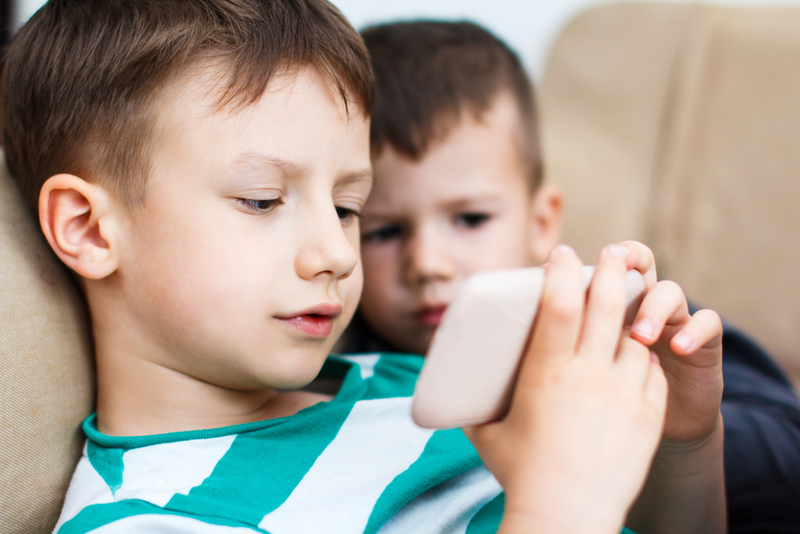As any content producer and brand owner can attest, games have the potential to greatly extend a property in the digital realm. But for renowned digital designer and Playmatics CCO and co-founder Nicholas Fortugno, games have far more power than just extending the brand—they have the potential to create one as well.
Fortugno is a staunch believer that the industry needs to change its approach to the way ideas and games are incubated. Looking at games as an extension of the brand is missing the mark. Instead, games should be used to help tell the story or even test out new IPs. Case in point: When Disney introduced its Where’s My Water mobile game, the popularity of the app launched the property as its own franchise, with new characters, toys and a web series.
iKids Weekly talked with Fortugno about how brands can get better value out of gamification. Below, he elaborates on his keynote presentation from last week’s iKids event in Miami, Florida, on how games of all shapes and sizes have more potential to grow a brand than how they are currently being used.
What’s the issue with the current game design landscape?
We’re in a time of real flux. There’s an old model of how kids relate to media that was based on a more parent-driven central channel structure. What’s happened is a proliferation of new forms of kids content that has changed the landscape.
I think the real challenge coming up is this idea that kids are now a different kind of consumer than they were in the past, and a lot of the things that used to happen in terms of handing off of media from one generation to the next aren’t happening anymore.
It’s not that kids have stopped consuming media, it’s just that their consumption patterns are different, so maintaining their attention is a different thing. I’m not a giant believer that long-form experiences are dead. There are lots of examples of kids consuming longer form experiences. Whenever I hear people tell me that kids attention spans are bad, I point them to how much time kids spend in Minecraft—so it’s not like kids don’t focus attention when they’re interested in something.
What can brands do to improve their approach to gamification?
I think what happened in the past is that because there was a central form understood to be dominant, like a film or a TV show, everything else created in the transmedia landscape was built around that idea. So it was all effectively just a satellite for the main project.
The interesting question is, if kids don’t see the TV show as central—they see the show as important and when they want to watch it they will—but playing a game is immediately important to them in terms of consumption of the brand, if they’re going to spend equal amounts of time between things, shouldn’t the game be given the same kind of importance in the creation cycle as the show?
If that’s the case, that we’re going to think about the game in a central way with the show, then why wouldn’t we plan releases around that strategy. It’s a lot cheaper to make a little web game than it is to make a TV show. Why don’t we make the game and see if it succeeds? If it shows traction, we know we have a property we can work on and we can move that forward and we know we’re going to need a game anyway, so we might as well tie that back to the whole experience.
What mistakes do companies make when it comes to their game strategy?
The biggest mistake that gets made is that this isn’t thought about as an ecosystem. There’s a hierarchy here that predicates that one form of the property (i.e. the TV show) is the most important and everything else is sort of a marketing extension.
The other thing is, there are properties that don’t need a game. Maybe a game doesn’t make sense as part of an early release strategy, or maybe it’s just marketing and not really central to the narrative or brand. You shouldn’t make a game in that case. It’s a waste of money. If it’s not connected to the DNA of the show or brand in a really deep way, then what happens is it becomes this trashy, cheap one-off advert game. Everybody in the market knows that those aren’t very good, because there’s no attention or love paid to them. You’re spinning out something designed to rake in a few cents from people based on their love of a property and not really concentrating on the property itself.
What opportunities are there for companies to improve their brand’s gamification?
The low-hanging fruit is that as brands and new properties are being incubated, there needs to be a tighter integration between all elements of the brand from its inception. If you know you’re going to have a game for a property you’re working on, a game designer needs to be part of the conversation from the beginning.
Games are just standard for any transmedia component. You could do the same thing with an app or web series. If you know you’re definitely going to make a mobile game for your show, and it costs a twentieth of what the show costs and you can make it in half the time, maybe it makes sense to build that first and see if it gains traction. A cost-effective way to test IP is to take the cheaper parts of a transmedia experience and put them in front of people and see if anybody likes it.

























